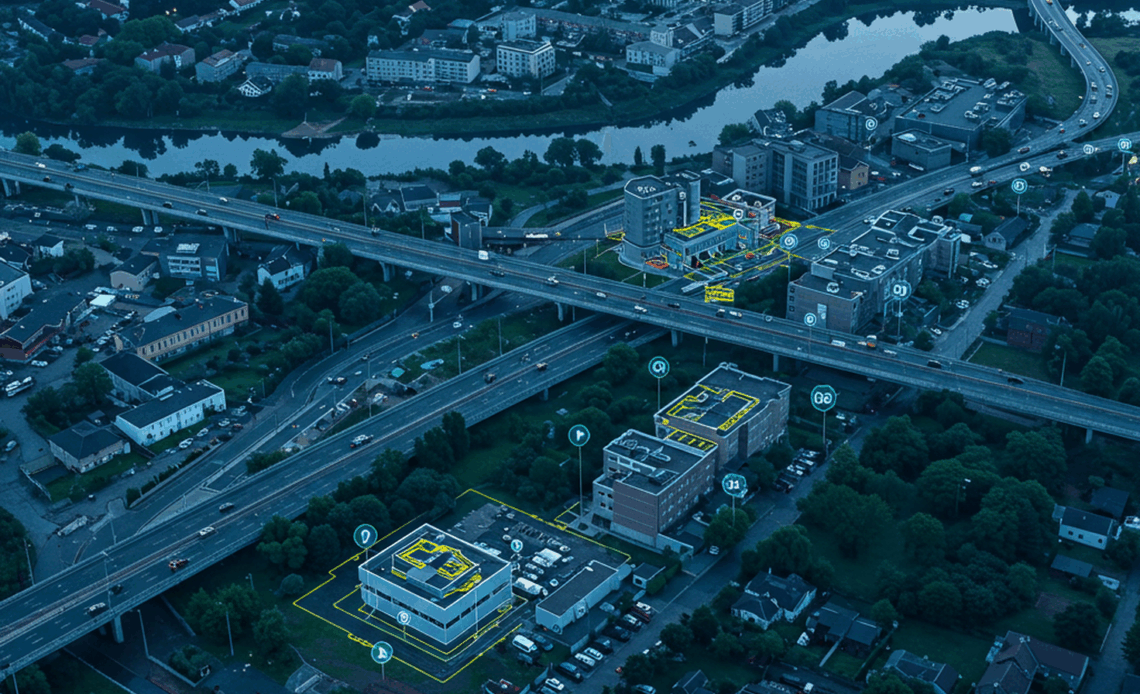
Introduction:
Drone imagery offers immense potential, but its true power is unlocked through precise data annotation. To train AI and ML models effectively, key annotation techniques are used to help systems understand and interpret aerial visuals.
To develop AI and ML models that can interpret drone imagery effectively, various types of annotations are employed, including:
✔️ Object Detection:
Labeling discrete objects like vehicles, buildings, power lines, and vegetation to train models to recognize and track these elements across frames.
✔️ Semantic Segmentation:
Dividing images into regions classified by categories—such as roads, rivers, forests, or urban infrastructure—allowing models to understand scene context and land usage.
✔️ Change Detection Over Time:
Comparing imagery captured over intervals to identify differences caused by construction, deforestation, flooding, or other changes. This is vital in urban planning, environmental conservation, and disaster response.
✔️ 3D Mapping and Point Cloud Annotations:
Drones equipped with LiDAR or stereoscopic cameras generate 3D representations of landscapes. Annotating these point clouds is essential for applications like topographical mapping, volumetric analysis, and autonomous navigation.
Conclusion:
Focused drone annotations enable AI to accurately detect, classify, and analyze environments from above. These methods are essential for building smarter, real-world solutions across various industries.


